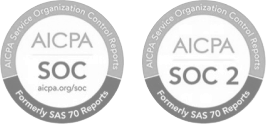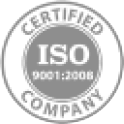The Rise of the Unified HR Platform: Breaking Down Data Silos in Payroll and Beyond
Article Navigation
In 2025, the modern HR ecosystem is evolving towards unified platforms that integrate payroll, human resources, benefits, and workforce analytics. These systems break down the long-standing data silos that hinder productivity, compliance, and informed decision-making. For HR leaders and finance teams, unified HR platforms are becoming a strategic necessity.
The Problem with Data Silos
Traditional HR and payroll systems often operate in isolation. Payroll data might be stored separately from HR records, benefits systems, and performance data. This fragmentation creates:
- Delays in reporting and decision-making
- Increased risk of errors and non-compliance
- Difficulty in understanding workforce trends
The Power of Unified Platforms
Unified HR platforms combine multiple functions into a single system. Providers like Mercans and Rippling enable organizations to manage payroll, HR, compliance, and analytics from one interface. The benefits are clear:
- Integrated Payroll and HR Data: Accurate and real-time payroll calculations based on HR data such as time-off, overtime, and performance metrics.
- Enhanced Compliance: Automated monitoring of labor laws, tax regulations, and benefits requirements across multiple regions.
- Actionable Analytics: Access to consolidated workforce data enables leaders to make data-driven decisions on recruitment, retention, and workforce planning.
Boosting Organizational Efficiency
By eliminating redundant processes, unified platforms save time and reduce administrative costs. HR teams no longer spend hours reconciling data across disparate systems. Finance teams gain a single source of truth for payroll and budgeting.
Employee Experience Improvements
Employees benefit from unified platforms through self-service portals that allow them to view payroll, benefits, and personal HR data in one place. This transparency fosters trust, engagement, and satisfaction.
Global Payroll Simplification
For multinational companies, unified platforms simplify managing cross-border payroll. Local compliance, multi-currency processing, and tax reporting are handled seamlessly, reducing risk and improving accuracy.
The Future of HR Technology
Unified HR platforms are not just software—they are the backbone of modern workforce management. As organizations adopt AI, predictive analytics, and on-demand payroll, integration becomes increasingly critical. A connected system ensures that HR, finance, and leadership teams can collaborate effectively.
Conclusion
Unified HR platforms are transforming payroll and HR from fragmented, siloed processes into integrated, strategic functions. By breaking down data silos, organizations can improve efficiency, compliance, and employee experience. In 2025, embracing a unified HR platform is no longer optional—it is essential for any company aiming to stay competitive.






























